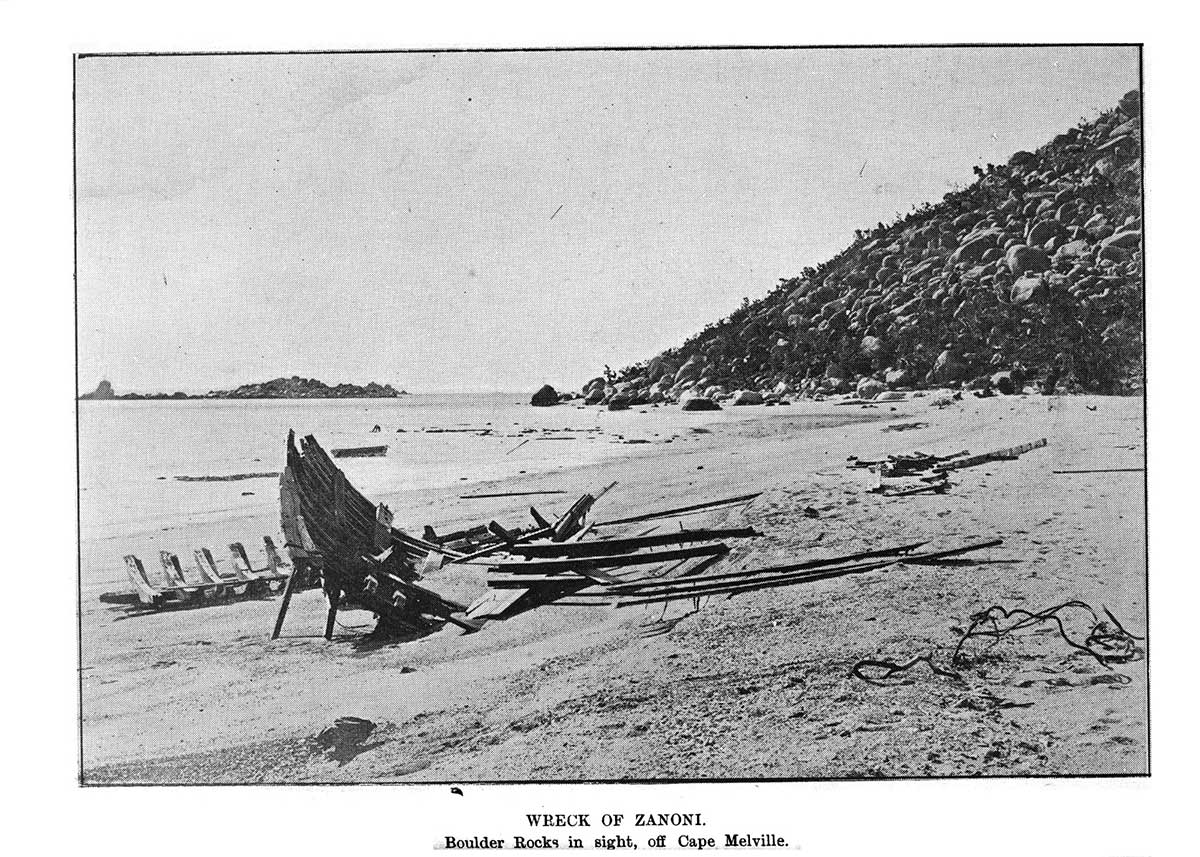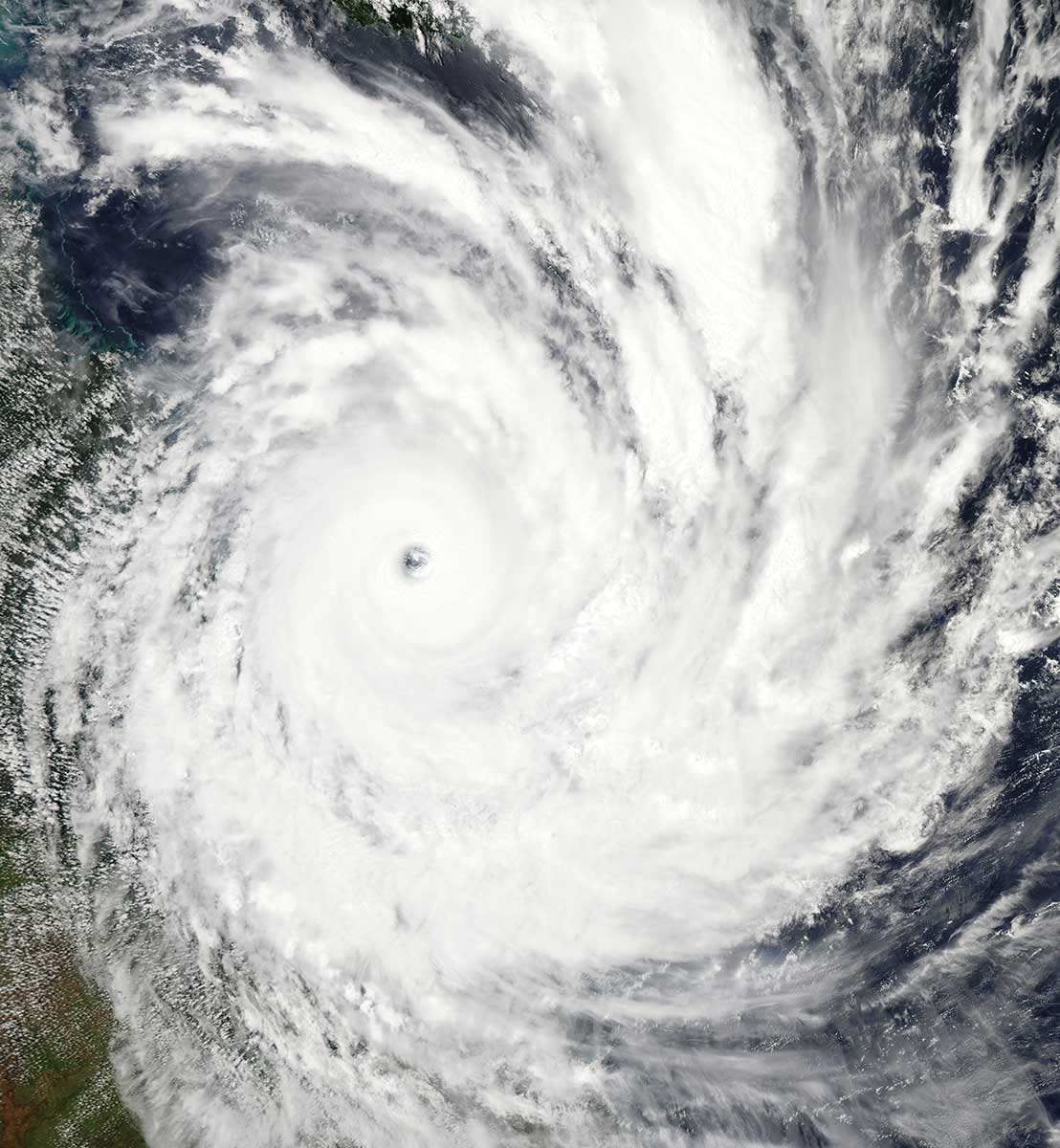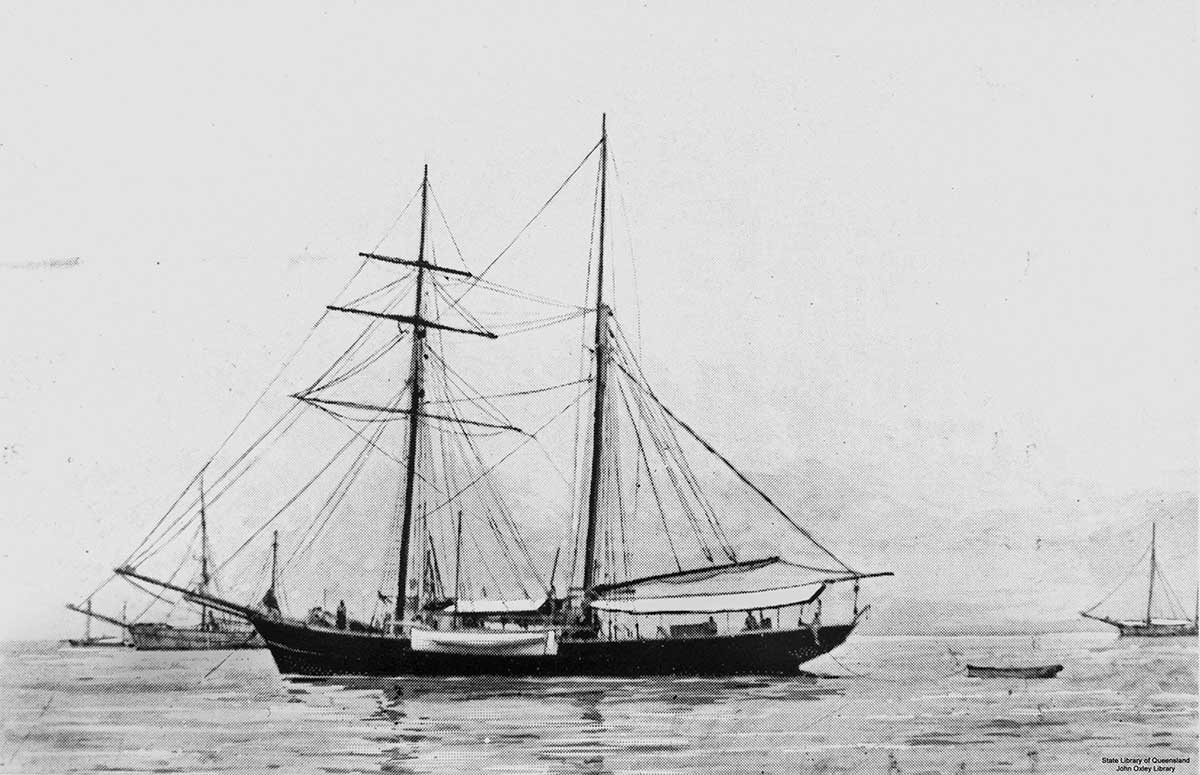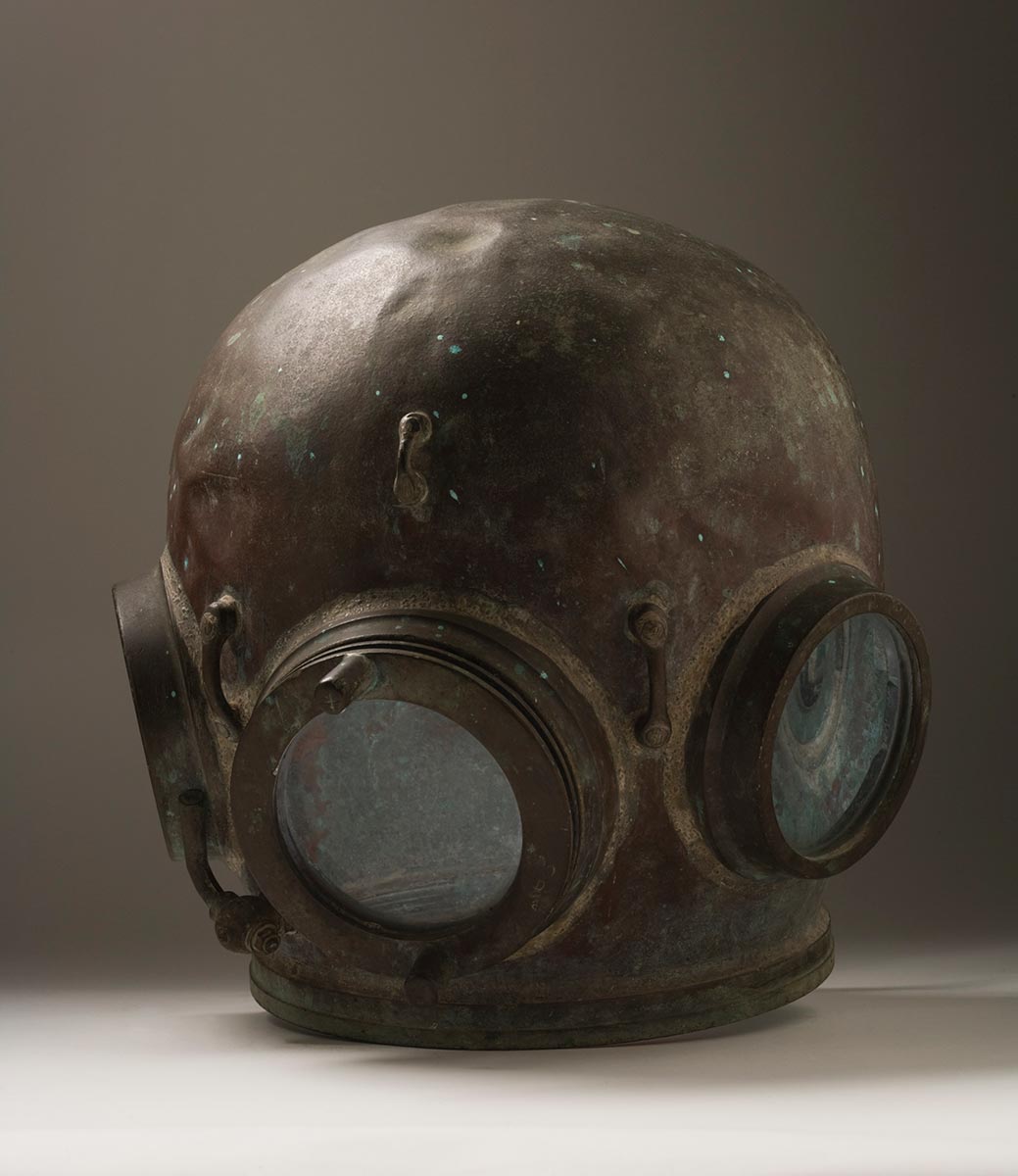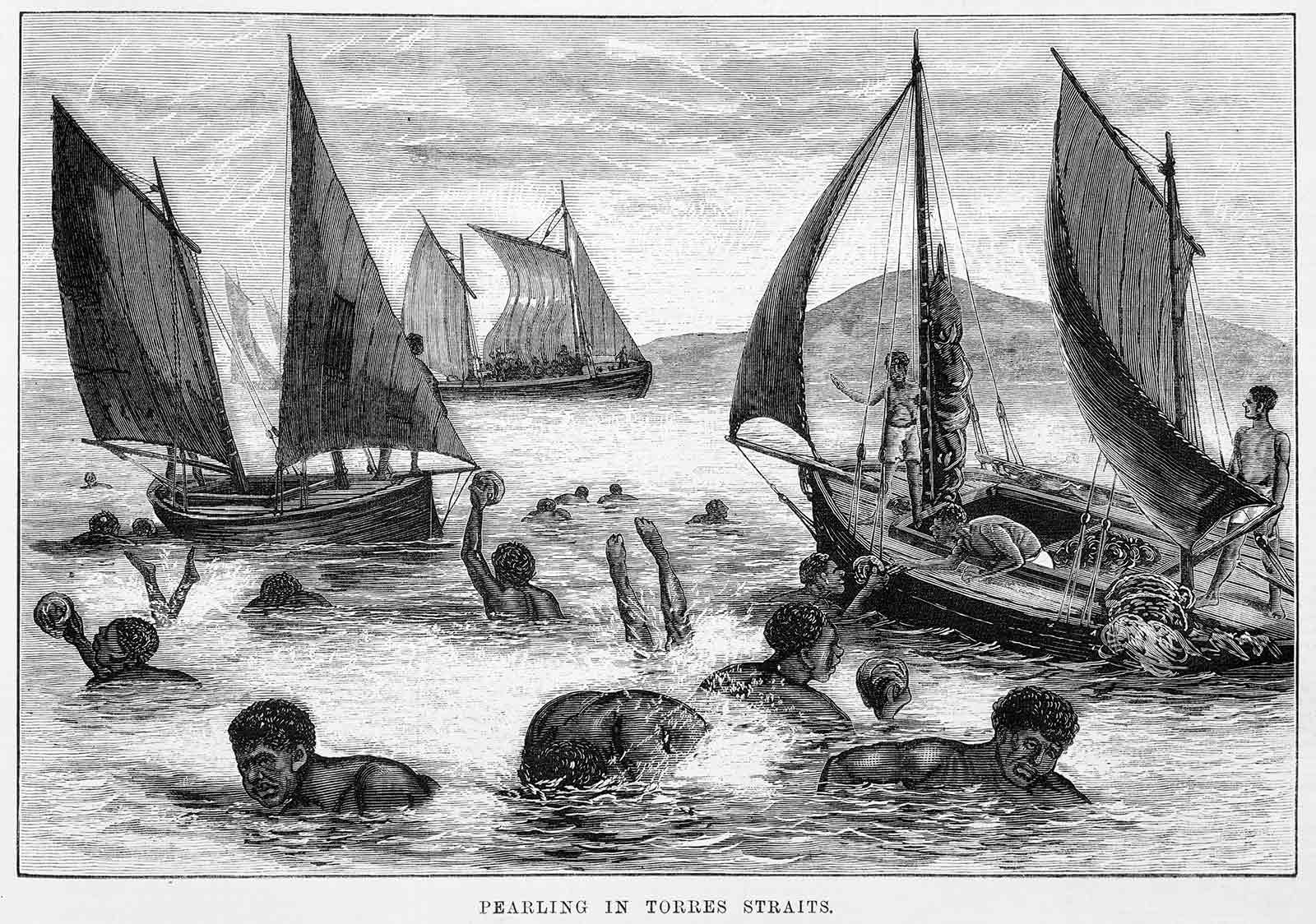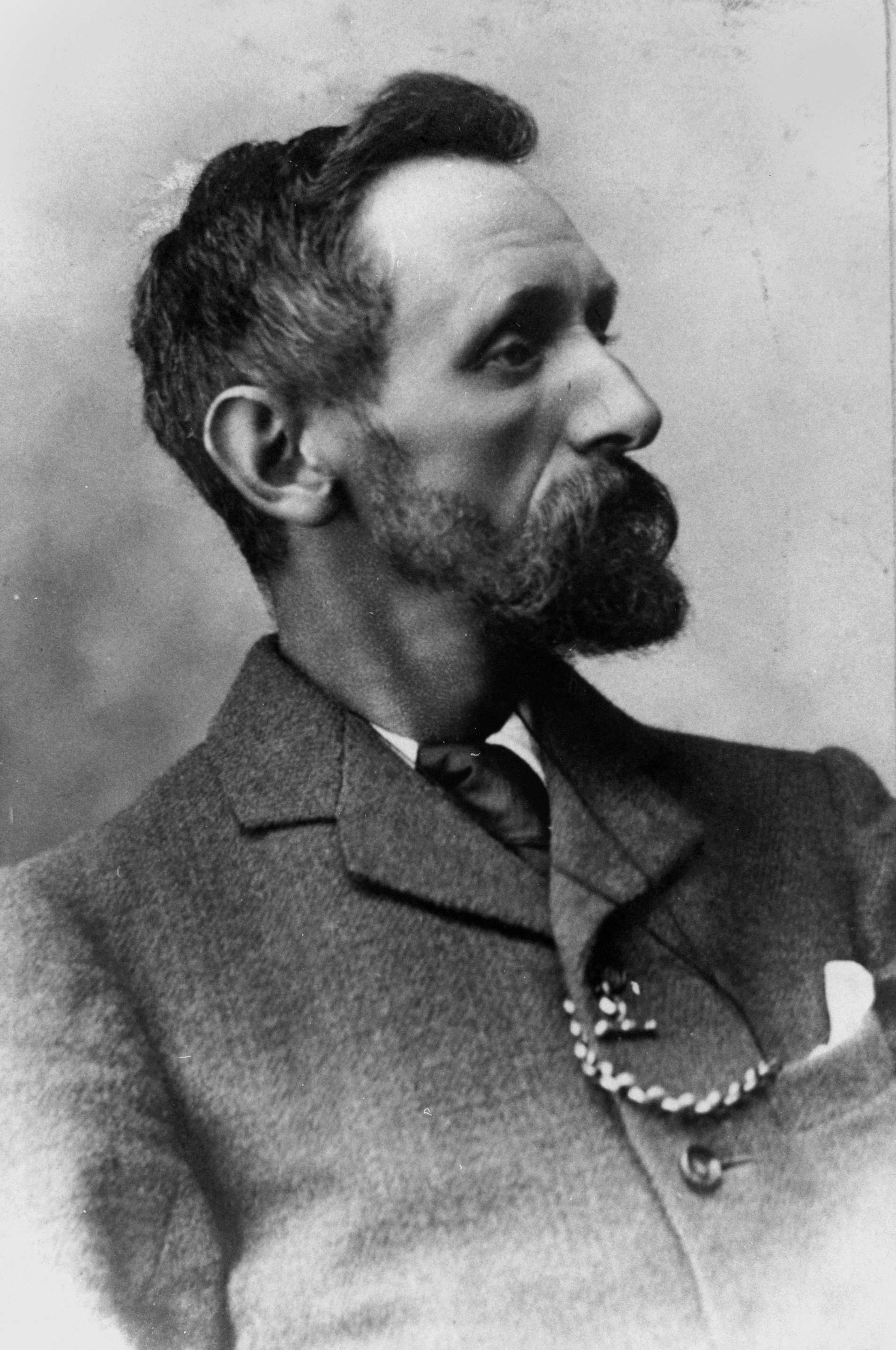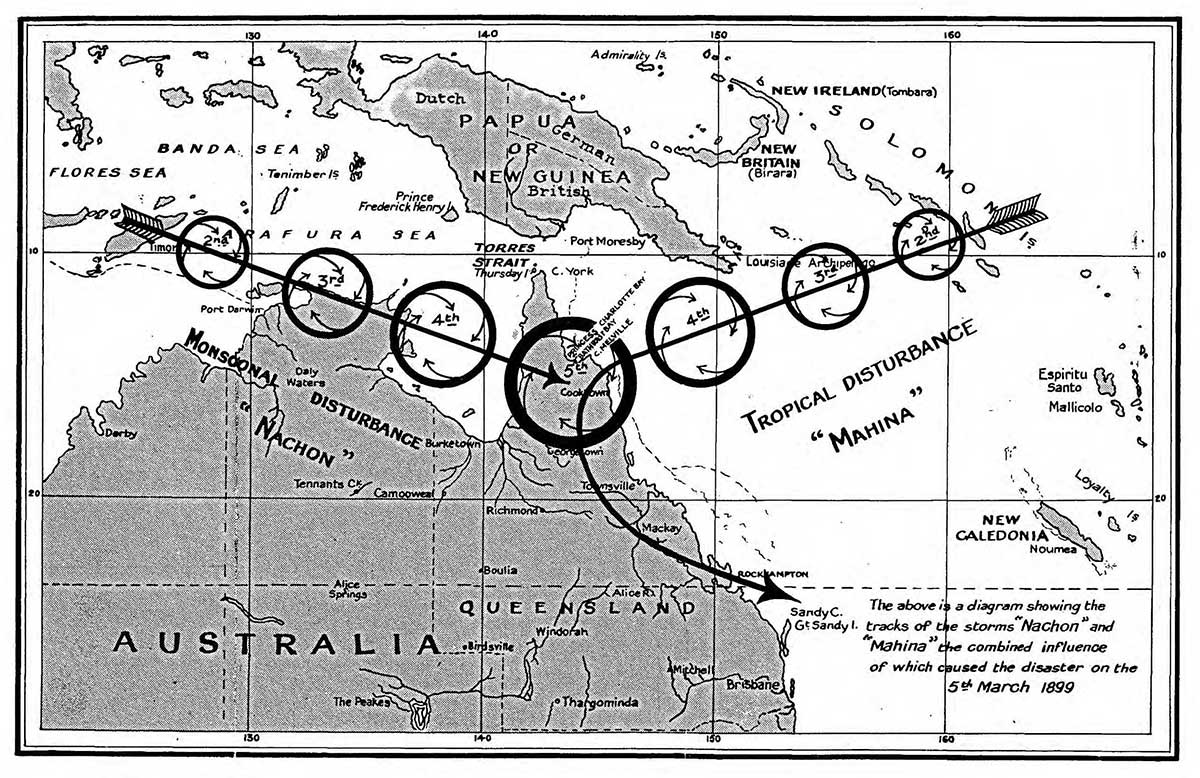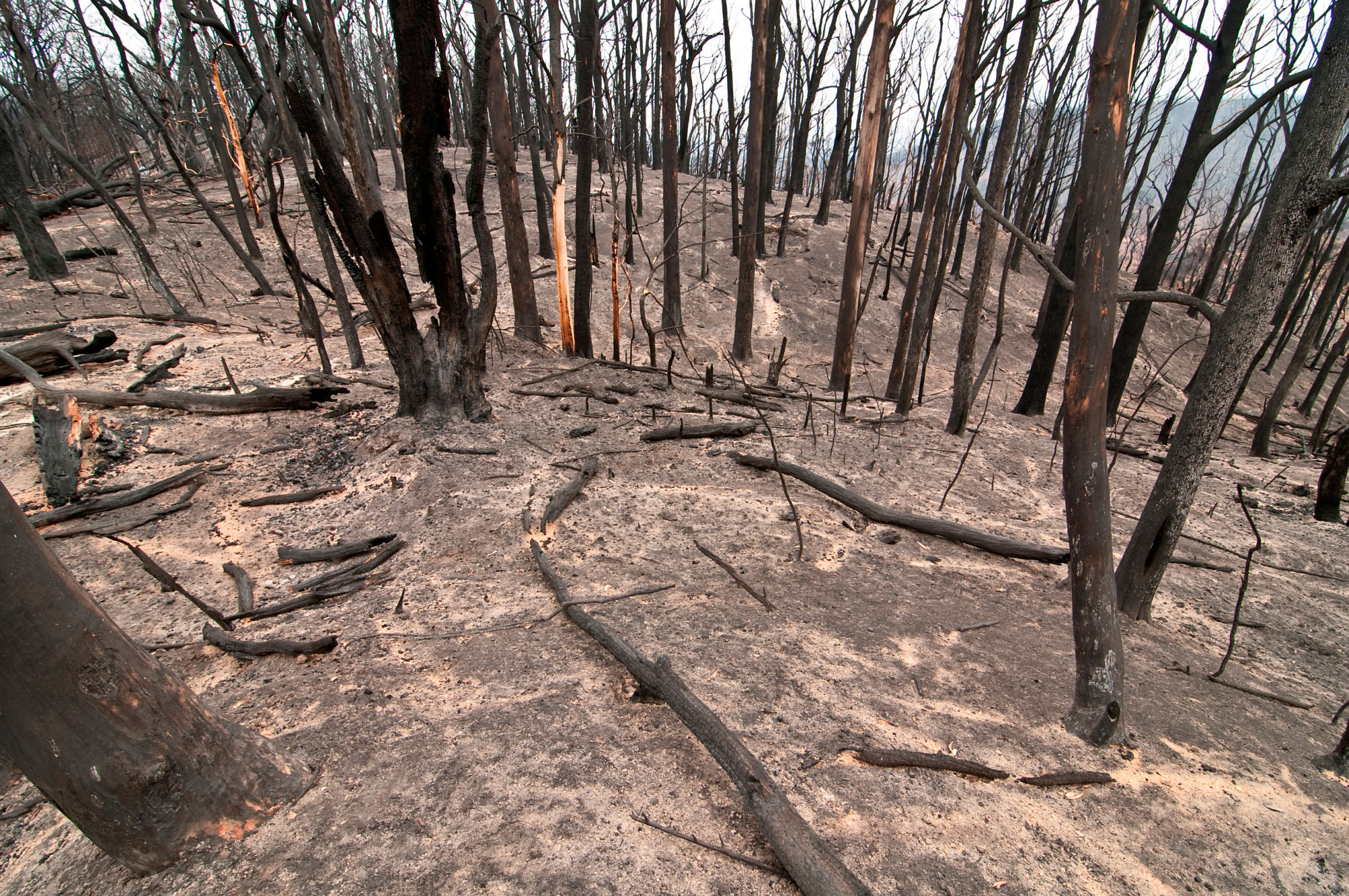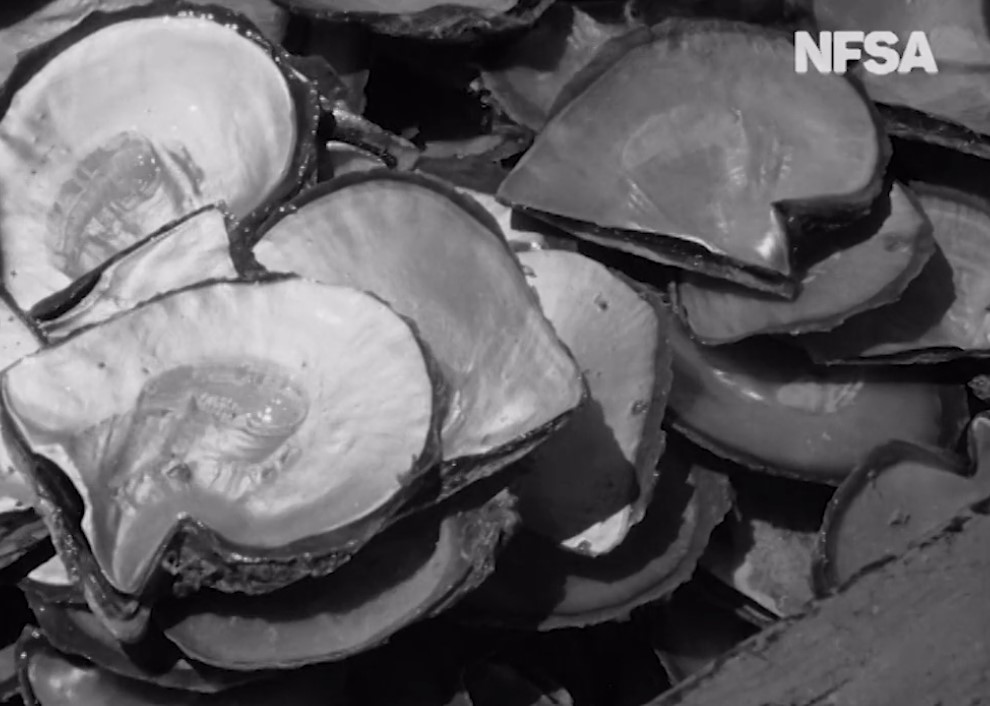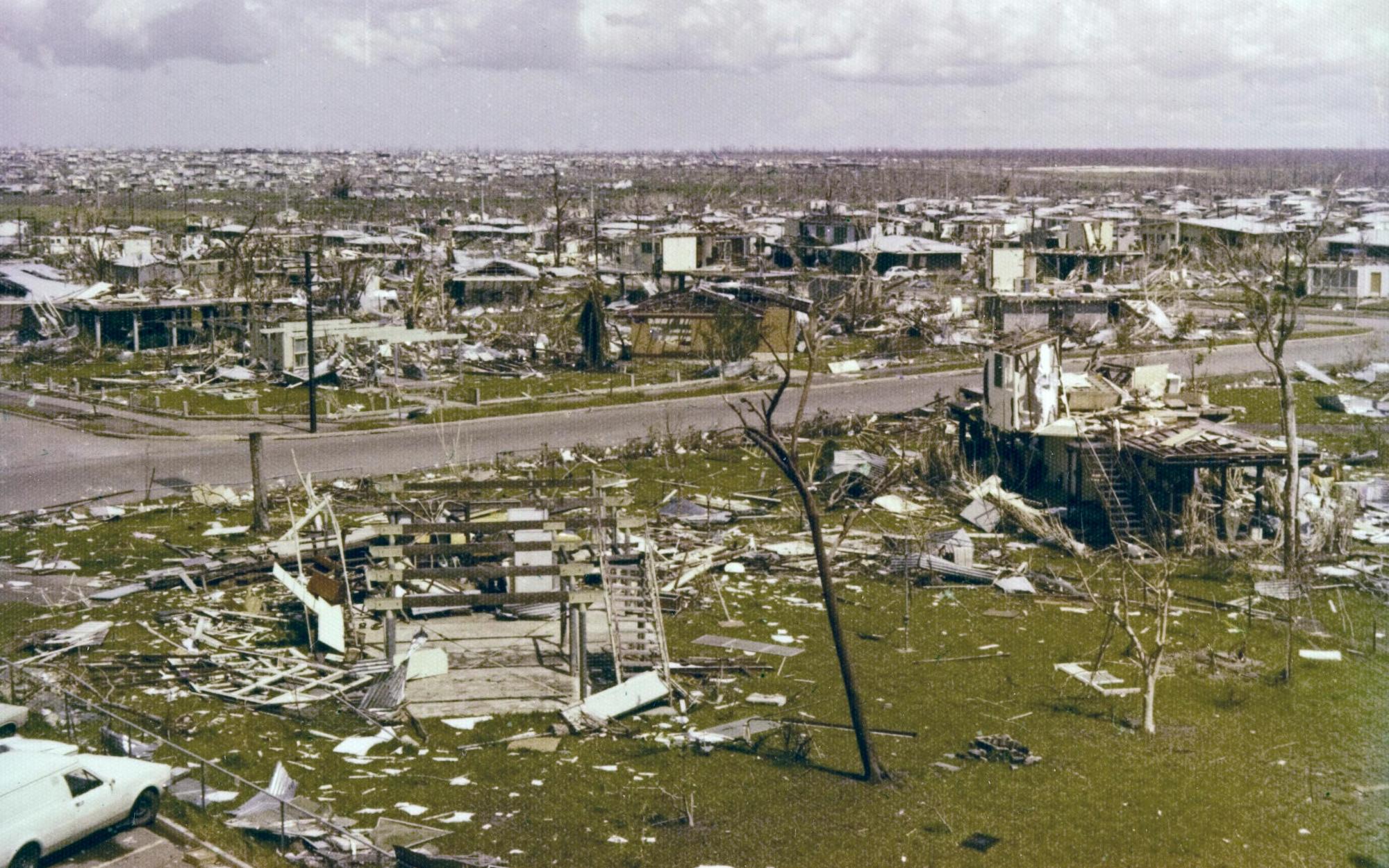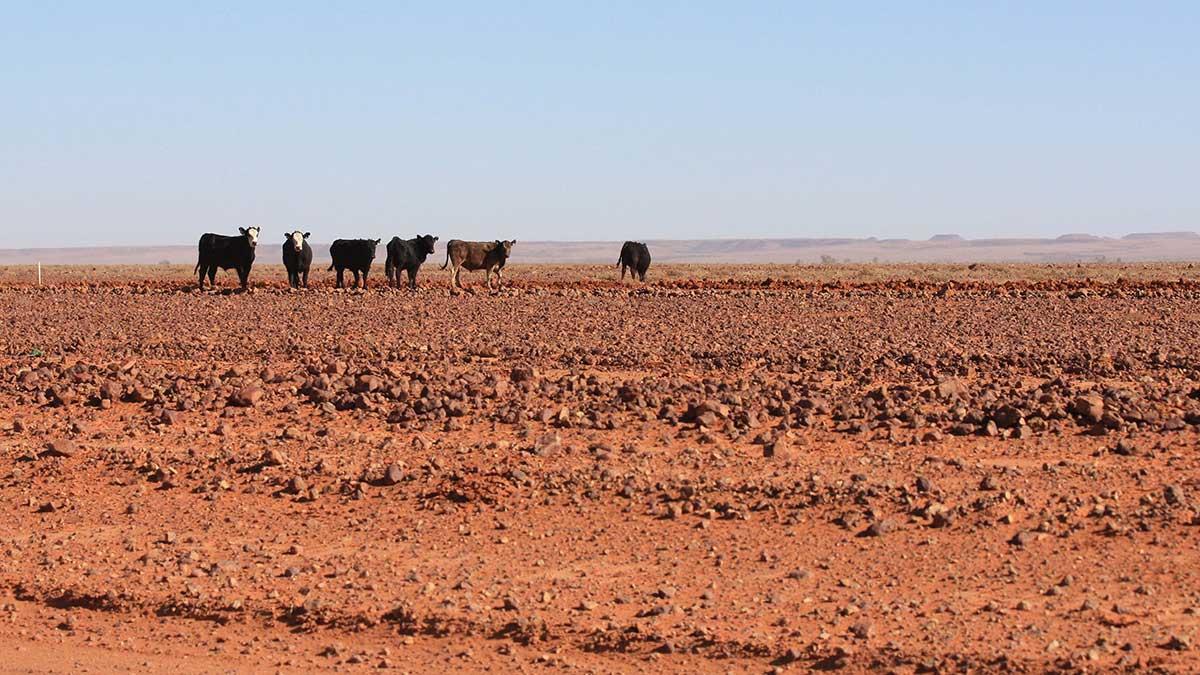Australia’s deadliest cyclone
1899: Cyclone Mahina at Bathurst Bay, Queensland
Australia’s deadliest cyclone
1899: Cyclone Mahina at Bathurst Bay, Queensland
Year level
Learning area
In a snapshot
Cyclone Mahina was the deadliest tropical cyclone in Australia’s recorded history, and probably one of the most intense. More than 300 people died during the cyclone. Most of the victims were pearl divers and seamen from South-East Asia, the Torres Strait and the Pacific islands, who worked in the pearl shell industry.

 Can you find out?
Can you find out?
1. What was pearl shell used for during the 1800s?
2. Why couldn’t meteorologists warn pearling ships when Cyclone Mahina was coming?
3. Around how many people died during Cyclone Mahina?
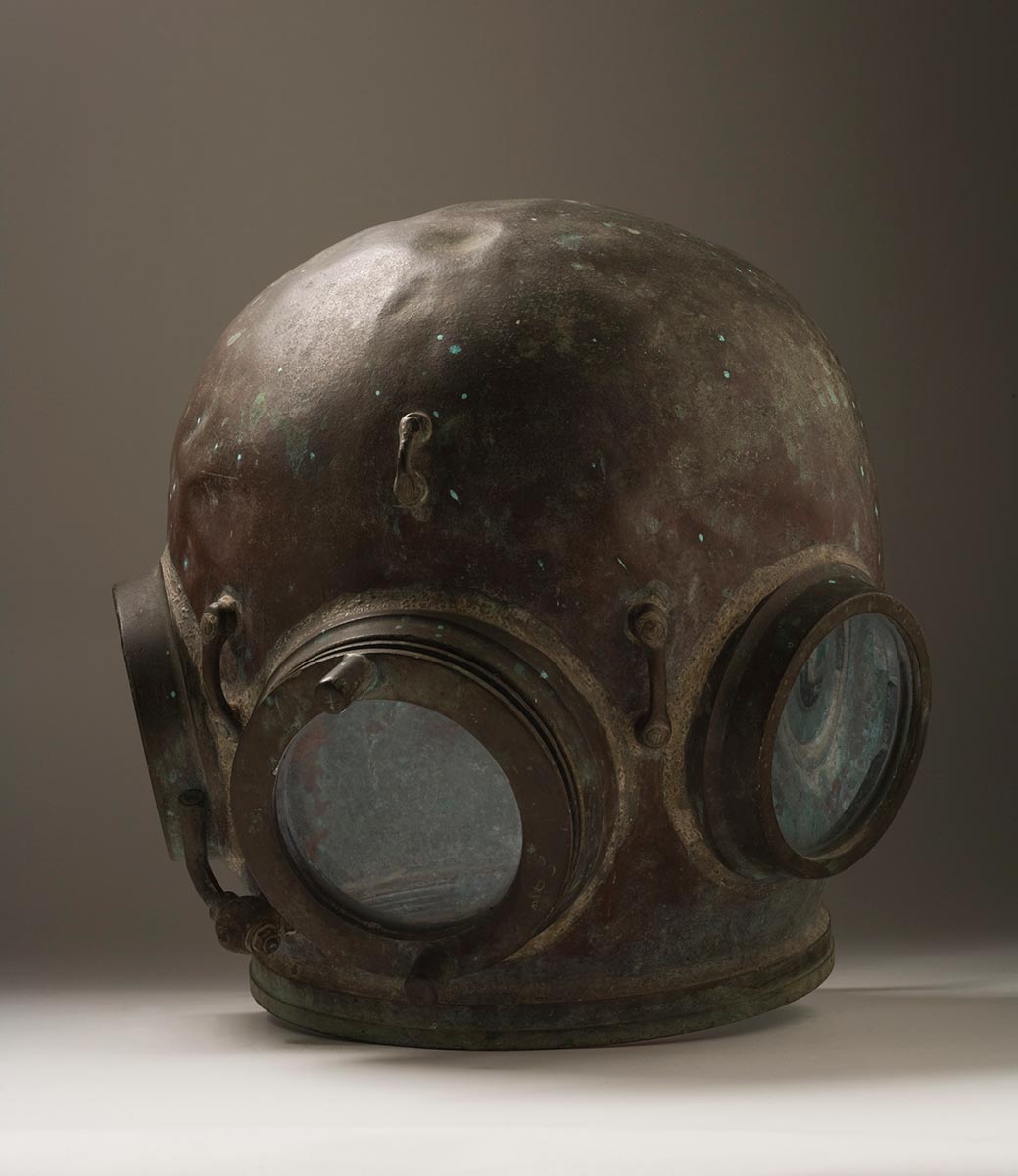
Why did people dive for pearl oysters?
Pearl oysters are a type of shelled animal that lives in the ocean. Oysters sometimes make small, shiny pearls, and the inside of their shell is also hard and shiny.
Aboriginal and Torres Strait Islander peoples have harvested oyster shell to use as tools and ornaments for thousands of years. In the late 1800s oyster shell became fashionable in Europe and North America. It was used to make jewellery, buttons, cutlery handles and ornaments.
Northern Australia was a major supplier of pearl shell to the world. People came from the Torres Strait, the South Pacific islands, South-East Asia, India, Sri Lanka, Japan and the Philippines to work on pearling ships in northern Australia.
Pearl diving was dangerous work. Divers could drown, become sick from diving too deep into the ocean and be attacked by sharks and crocodiles. Stormy weather was also a constant danger for anyone who worked on boats.
Why was Mahina Australia’s deadliest cyclone?
At the end of the 1800s meteorologists could forecast storms. But radio technology was not yet developed enough to contact ships at sea when a large storm was on the way. Early in March 1899 meteorologists predicted that a large cyclone was going to hit north Queensland. They sent warnings to coastal towns, but they couldn’t warn people who were on ships.
Cyclone Mahina hit Bathurst Bay at about 11pm on Saturday 4 March. When Mahina struck, there were about 1000 men, women and children on board around 100 pearling ships in Princess Charlotte Bay and Bathurst Bay. More than half of these ships were destroyed by the cyclone, and at least 307 people were killed. Some people swam for days to reach land after the storm had passed.
The cyclone also created large waves and a surge of water which swept far inland. There were some reports that Indigenous people were swept out to sea. Witnesses also reported finding dolphin carcasses on land after the cyclone.
Mahina was a Category 5 cyclone, the strongest and most dangerous category of cyclone. It still holds the record as Australia’s deadliest cyclone.
Research Task
Research another damaging cyclone. Find out where and when it happened and what the major impacts were.
Research Task
Do some further research to find out how meteorologists categorise tropical cyclones in Australia.
‘Much, indeed, do we regret that we have no means of advising the lightships and pearling fleets of the approach of storms between Cooktown and Torres Straits.’
Read a longer version of this Defining Moment on the National Museum of Australia’s website.
 What did you learn?
What did you learn?
1. What was pearl shell used for during the 1800s?
2. Why couldn’t meteorologists warn pearling ships when Cyclone Mahina was coming?
3. Around how many people died during Cyclone Mahina?







